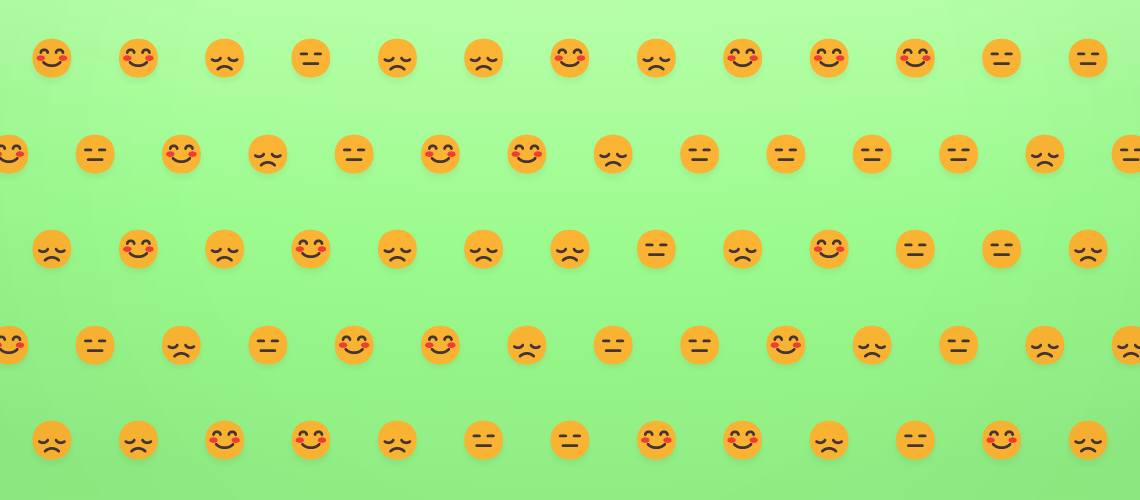You just searched Google for the "Mad Sad Glad Retro"? Great, then you've landed in the right place. – The Mad Sad Glad Retro has a fairly similar structure to the What Went Well retrospective. However, the Mad Sad Glad agile retrospective uses three typical emotions to make it a bit more interesting. Among other things, this also increases the engagement of the team. Because everyone likes to have some variety in their routines.
Mad Sad Glad Retro
The 3 questions to ask during a agile retrospective Mad Sad Glad:
First things first: The Mad Sad Glad Retro asks for the three emotions "mad sad glad", respectively, which circumstances caused these emotions in the last sprint.
The contrast between positive (glad) and negative emotions (mad,sad) is relatively self-explanatory. But there is also a reason why this retro distinguishes between "mad" and "sad".
This should open up the possibility of taking a closer look at the more negative things that have happened.
Sad in this context is usually an emotion that depends on negative events for which one does not feel directly responsible (A test user got sick and therefore could not show up for the product review).
Mad, on the other hand, is aimed much more at negative events where the person feels that one could have done better ("I was careless and missed an appointment" or "Tasks on the team are completed too slowly, which is why we can't meet deadlines").
With all that in mind, here comes an overview of the Mad Sad Glad Retro
Mad Sad Glad Retro Questions + Examples
Open Feedback Questions
What made you mad? 😤
What made you sad? 😢
What made you glad? 🤩
As seen in the chart, there are the following three questions of "mad sad glad retro":
- What made you mad?:
- Example: You were very unhappy with the new tool that is supposed to help with prioritization & transparency of the product backlog. It should definitely not be used any further.
- What made you sad?:
- Example: You have the feeling that not everyone in your team dares to speak up. The so-called "psychological safety" should be improved. So you could do an agile team health check in 3 steps in your team more often. (More info on: "psychological safety" or "Team health check in 3 steps")
- What made you happy?:
- Example: It's good to look at agile metrics like your team's velocity from time to time – that's been going well lately! (More info on: "agile metrics")
Mad Sad Glad Retrospective
When should you use this agile retrospective?
As already pointed out, this retro is a great opportunity to take a closer look at the negative sides of a sprint. I really don't wish it on anyone, but every team also has phases that are not so strong. In my experience, it makes sense not to simply swallow the negative emotions, but to consciously address them and use them to develop solutions that will make the next sprint better.
This not only boosts the team's morale, but also demonstrates a high level of competence in being able to lead a team. Sometimes you really have to bite the bullet here.
Conclusion – Mad Sad Glad Retro
I could write for hours about the Mad Sad Glad retrospective, but I really don't want to make it more complicated than it is.
So if you are looking for a crisp retro to overcome lean periods better, you are optimally positioned with the Mad Sad Glad Retrospective.








